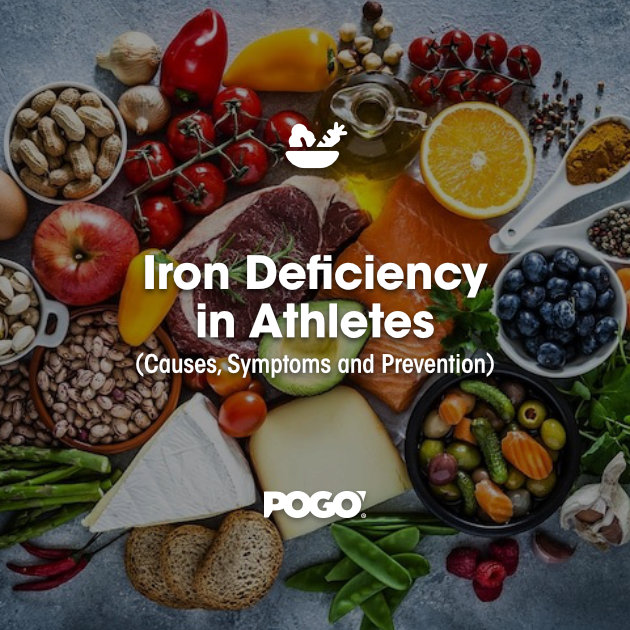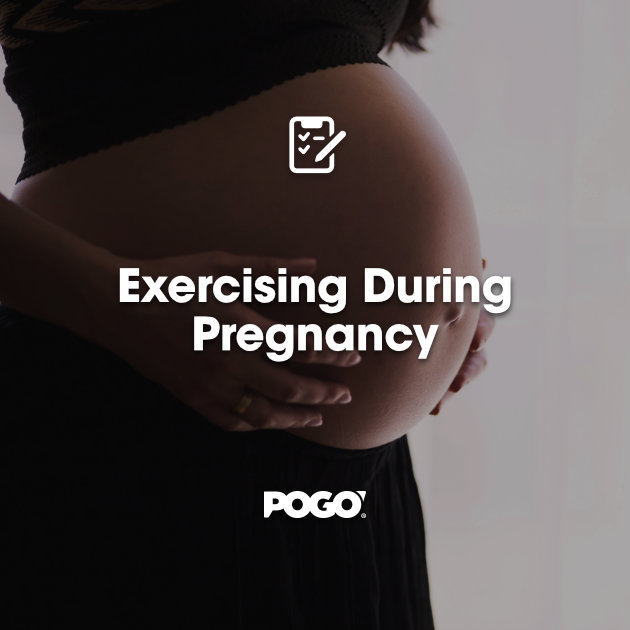Overuse Injuries in Young Athletes: Finding the Balance in Training
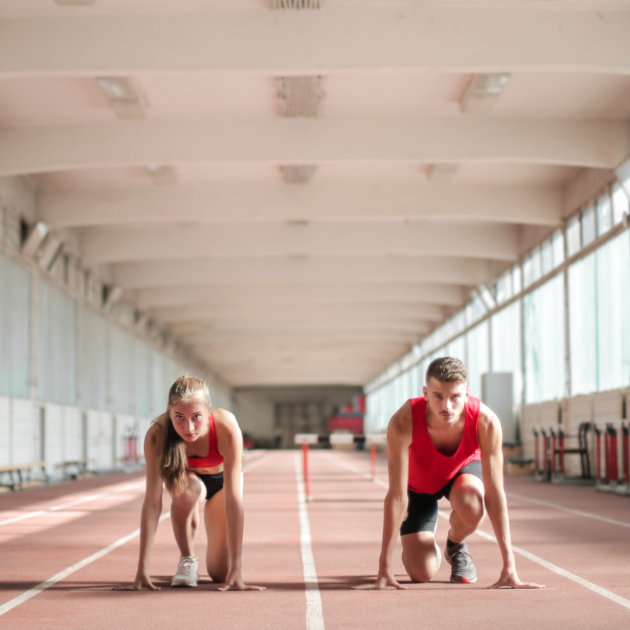
There are many benefits of children and adolescent’s participation in sports including building skills such as teamwork and problem solving, physical health benefits, improvement in self-esteem and academic performance. The evolution of youth sport participation internationally has increased the number of young athletes participating in sport with many athletes anticipating competing at an elite and Olympic level. In the anticipation of improving overall performance, training workload have also increased. Training workload is necessary for athlete adaptations and physical qualities that improve overall performance.
However, such excessive focus on early intensive training and competition rather than skill development can lead to overuse musculoskeletal injury and burnout. [2]
What is an overuse injury?
Overuse musculoskeletal injuries occur from the repetitive application of submaximal loading of the musculoskeletal system when rest is not adequate to allow for structural adaptation to take place. Injury can involve the muscle-tendon unit, bone, bursa, neurovascular structures, and the physis. Include apophyseal injuries and physeal stress injuries.[1].
Common overuse injuries include:
- Patellofemoral (knee) pain
- Stress Fractures
- Tendinopathies
- Sever’s Disease
- Osgood Schlater’s
Common causes of overuse injury include sudden increased intensities, volumes, and frequency at excessive levels of physical activity and can commonly be related to one sport specialization. Sport specialization is commonly defined as “participation in a single sport at the exclusion of other sports.” [1] This is common amongst young elite athlete’s secondary to the specificity and training load associated with participation in multiple clubs, school, and national teams.
Risk Factors for Overuse Injuries in Young Athletes:
Intrinsic and extrinsic risk factors influence overuse injuries. Intrinsic factors are defined as individual biological characteristics and psychosocial traits. Extrinsic factors refer to external forces related to the sport type, the biomechanics of the activity, and the sporting environment.[3]. In young athletes, growth related factors should be considered specific to adolescent growth spurts, which should be individualised to each athlete. DiFori JP et al 2014, provides categorization of risk factors of overuse injury that can commonly affect athletes. [2,3] (See Table 1)
Table 1: Categorization of Risk Factors for Overuse Injury
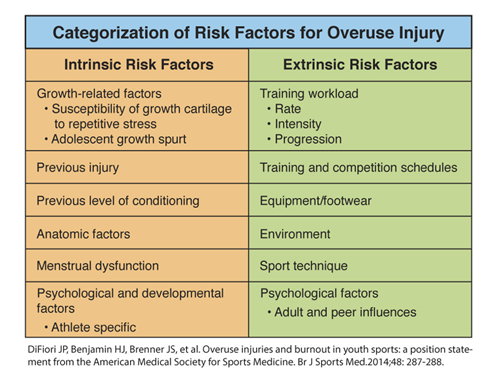
Bell DR at al. 2018 has shown in a systematic review the impacts of overuse injuries and time off sport secondary to specialization, in which the athlete performing one predominant sport. Further research has shown that cross -sectional training or performing multiple sports can include gross motor development improvements and reduction of injury with consideration of volume, intensity, and frequency. As young athletes progress to greater levels of eliteness, this is also very common. [1,4]
Train Hard, Train Smart, Find the Balance
There are many factors that play a role in overuse injuries, management of training load and cross- training with other sports, nutrition, recovery, and sleep are key in prevention. A few tips to manage optimal performance and practical outcomes:
Training Workload:
- Limiting weekly and yearly participation time, limits on sport-specific repetitive movements and scheduled rest periods are recommended. [2]
- Modifications need to be individualized based upon the sport and the athlete’s age, growth rate, readiness, and injury history. [2]
- Monitor training workload during the adolescent growth spurt, as injury risk seems to be greater during this phase including diminished size-adjusted bone mineral density, asynchronous growth patterns, relative weakness of growth cartilage, and physeal vascular susceptibility.[2]
Strength and Conditioning
- Designed comprehensive training program flexibility, balance, and sport-specific fitness and technique.
- Pre-season conditioning programs can reduce injury rates in young athletes and regular participation in a resistance training program (with supervision) can improve bone health, body composition, and potentially reduce sports -related injuries. [2]
Nutrition:
- Pre-training and post training nutrition is important to accommodate the athlete.
- Maintain optimal hydration and electrolyte balance especially those in aerobic endurance sports. Hot and temperate environments should further be considered due to sweat loss. (Check out The Physical Performance Show 234 – Andy Blow)
Sleep:
- Recommendations of 7-9 hours of sleep for optimal performance, can also improve cognitive performance.
- Sleep enhances muscles recovery through protein synthesis and human growth hormone release.
Take Home Message
Young athletes’, parents, and coaches is to continue to find the balance by monitoring athletes training volume, load, and frequency. Evidence on how much is too much, is yet to be determined without longitudinal (over a period of time) evaluation. Encourage young athletes to listen to their bodies and encourage athletes to speak up if they are experience prolonged periods of pain or reduced overall performance.
Sports specific strength and conditioning strength training program should be included to modify strength, flexibility, balance, and sport-specific fitness and technique training. Active and passive recovery days should be implemented to ensure effective recovery of muscular. Nutrition, sleep, and rest/recovery can be helpful in facilitating and reducing risk of overuse injury and assist in recovery.
Train Hard. Train Smart. Find the Balance.
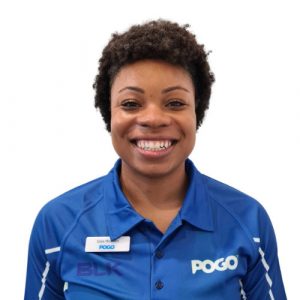
Lisa Hicklen, DPT, MSc, BSc
Physiotherapist
Book an Appointment with Lisa here.
Featured in the Top 50 Physical Therapy Blog
References:
- Bell DR, Post EG, Biese K, Bay C, Valovich McLeod T. Sport Specialization and Risk of Overuse Injuries: A Systematic Review With Meta-analysis. Pediatrics. 2018 Sep;142(3):e20180657. doi: 10.1542/peds.2018-0657. Epub 2018 Aug 22. PMID: 30135085.
- DiFioriJP, Benjamin HJ, Brenner JS, et al. Overuse injuries and burnout in youth sports: a position statement from the American Medical Society for Sports Medicine British Journal of Sports Medicine 2014;48:287-288.
- Jane S. Chung, M.D Sports specialization and overuse injuries in young athletes. Accessed June 2021. https://scottishriteforchildren.org/news-items/sports-specialization-and-overuse-injuries-in-young
- Lysens RJ, Ostyn MS, Vanden Auweele Y, et al. The accident-prone and overuse-prone profiles of the young athlete. Am J Sports Med. 1989;17:612–619.
- Zech A, Hubscher M, Vogt L, Banzer W, Hansel F, Pfeifer K. Neuromuscular training for rehabilitation of sports injuries: a systematic review. Med Sci Sports Exerc. 2009 Oct 1;41(10):1831-41.







